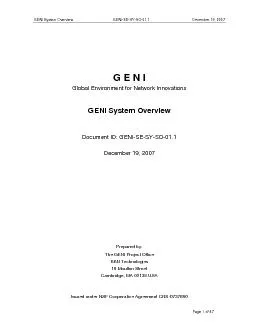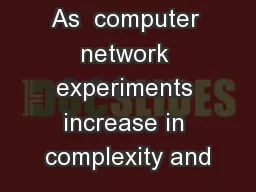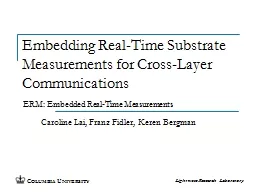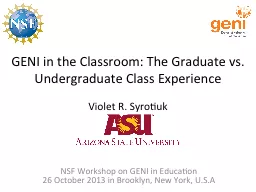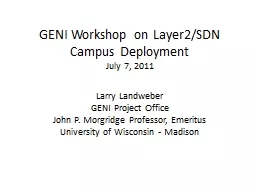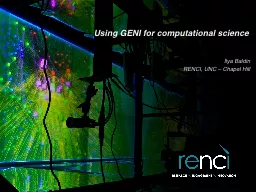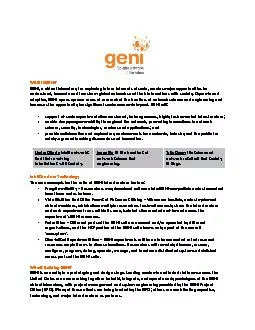PDF-GENI System Overview GENISESYSO011 December 19 2007
Author : elysha | Published Date : 2021-06-10
The GENI Project Office Cambridge MA 02138 USA Issued under NSF Cooperative Agreement CNS0737890 1 of 47 GENI System Overview GENISESYSO011 December 19 2007 TABLE
Presentation Embed Code
Download Presentation
Download Presentation The PPT/PDF document "GENI System Overview GENISESYSO011 Decem..." is the property of its rightful owner. Permission is granted to download and print the materials on this website for personal, non-commercial use only, and to display it on your personal computer provided you do not modify the materials and that you retain all copyright notices contained in the materials. By downloading content from our website, you accept the terms of this agreement.
GENI System Overview GENISESYSO011 December 19 2007: Transcript
Download Rules Of Document
"GENI System Overview GENISESYSO011 December 19 2007"The content belongs to its owner. You may download and print it for personal use, without modification, and keep all copyright notices. By downloading, you agree to these terms.
Related Documents

